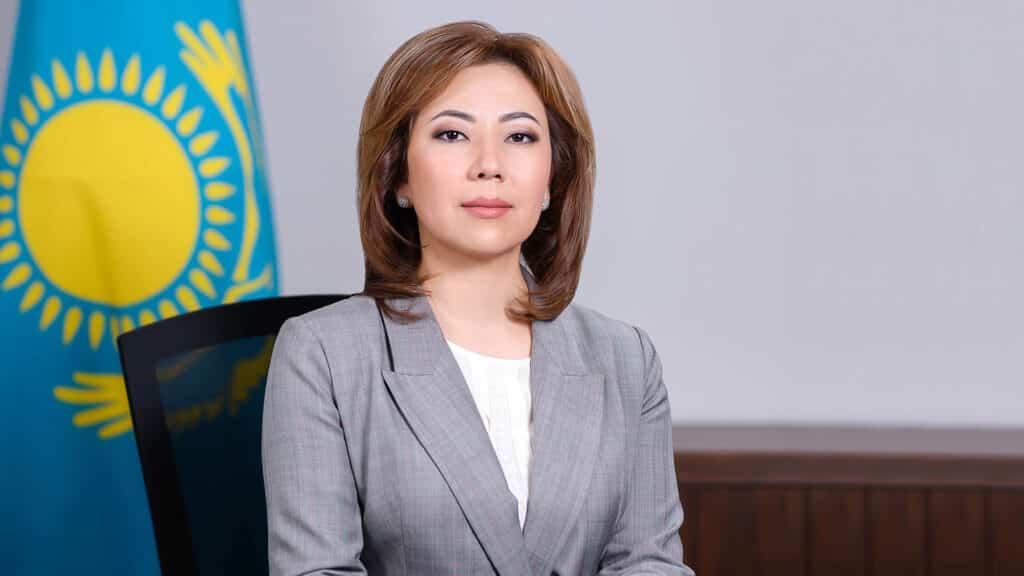ARDFM continues to improve its control over the banking sector in Kazakhstan

Chairperson of the Agency of the Republic of Kazakhstan for Regulation and Development of the Financial Market (ARDFM) Madina Abylkassymova has presented a strategy the agency is going to apply to the banking sector in 2024. This regulatory approach has been prepared in conjunction with the National Bank and different commercial banks, the agency said in a statement on its website.
In 2024, the ARDFM is going to continue tuning up its regulatory process to make the banking sector more transparent and reliable. To achieve this goal, the agency will follow the SREP methodology (Supervisory Review and Evaluation Process) along with AQR (Asset Quality Review) and stress testing of banks. For instance, the ARDFM tested 11 big banks last year.
This year, the agency is going to develop climate stress testing for commercial banks. The key goal of the testing is to evaluate the sustainability of banks and assess potential financial losses that banks can bear during a global transition to a low-carbon economy (green economy). The ARDFM also plans to improve its mechanism of financial support for banks’ liquidity under the Basel Committee for Banking Supervision principles. It will continue to gradually integrate ESG principles in day-to-day banking activities, prepare new systemic measures aimed at decreasing the debt burden of the population and initiate other regulatory changes.
This year, the agency wants commercial banks to be more actively involved in lending to the real sector of the national economy. However, the ARDFM is going to ensure that its regulatory measures aimed at expanding lending facilities for the business won’t harm the financial sustainability of the banks and will meet best international practices. As the agency wants to see more foreign banks in Kazakhstan, it has prepared a draft law softening requirements for those foreign banks that want to open a branch office or a subsidiary in the country. For example, the ARDFM is going to lower its requirements for subsidiaries of such non-resident banks in Kazakhstan and cut the volume of paperwork they have to do to start its operation in the country.
Along with plans and priorities for the year, Abylkassymova also revealed the banking sector’s results in 2023. First and foremost, the sector’s assets have grown against the backdrop of an increase in the loan portfolio and public debt. Client deposits have become the key source of funding for the sector. Therefore, despite negative changes in the market, the banking sector of Kazakhstan has shown that it has enough capital and liquidity and can absorb many external economic shocks.
In conjunction with the National Bank, the ARDFM has prepared and approved basic and stress scenarios for AQR and regulatory stress testing. The move followed the stressful January events in 2022.
In late February 2024, the agency summarized the results of the AQR and regulatory stress testing of the eleven biggest banks that account for 83.9% of the market share and 84.6% of the loan portfolio.
«The quality of the loan portfolio is still good despite potential stress scenarios. Our approach is quite conservative. This is our regulatory exercise. I mean, our banks have enough capital to cover all potential losses that can emerge if the economic situation worsens,» Olzhas Kizatov, deputy head of the ARFDM said in late February.
In 2023, the International Monetary Fund (IMF) and the World Bank confirmed the sustainability of Kazakhstan’s banking sector and the progress the ARDFM has made in its risk-oriented supervision.
The agency is going to publish all key priorities of its prudential policy for 2024, prepared in conjunction with market participants, on its website.

